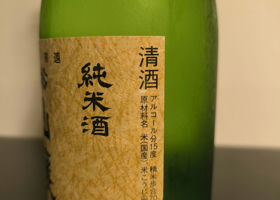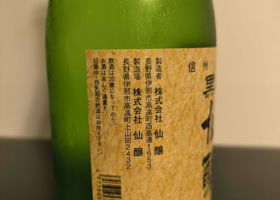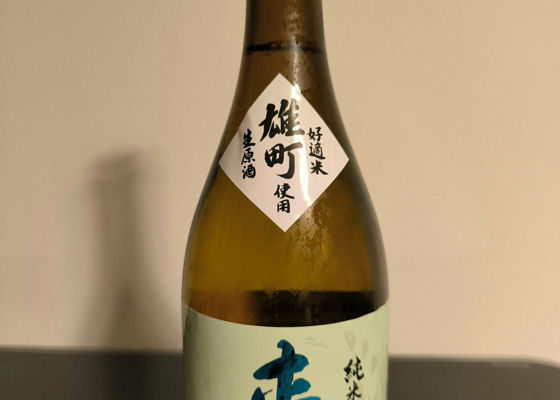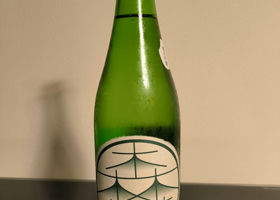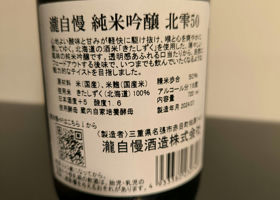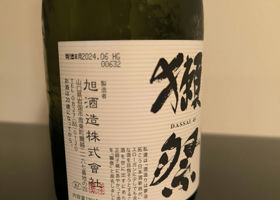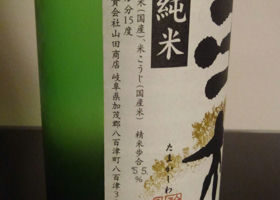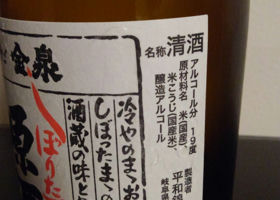


りょうさん
Rice polishing ratio 60
Alcohol content 15%.
Opening the bottle
A cool, sweet aroma with a spicy impression
Thin, sweet, radish-like aroma
Sip
Contrary to the image of the aroma, it has a refreshing sweetness and acidity.
The bitterness is moderate, but it gradually stimulates the tongue
and accentuates the flavor profile.
The lingering taste of rice spreads in the mouth.
Easy to drink and smooth on the palate
There are no peculiarities
In the middle of the current royal road that anyone can enjoy.
Japanese>English







